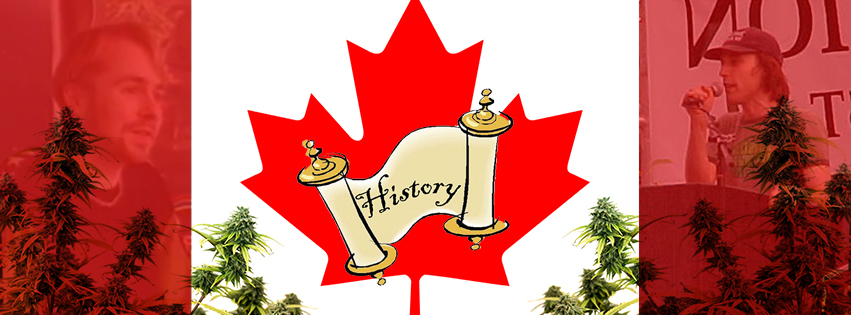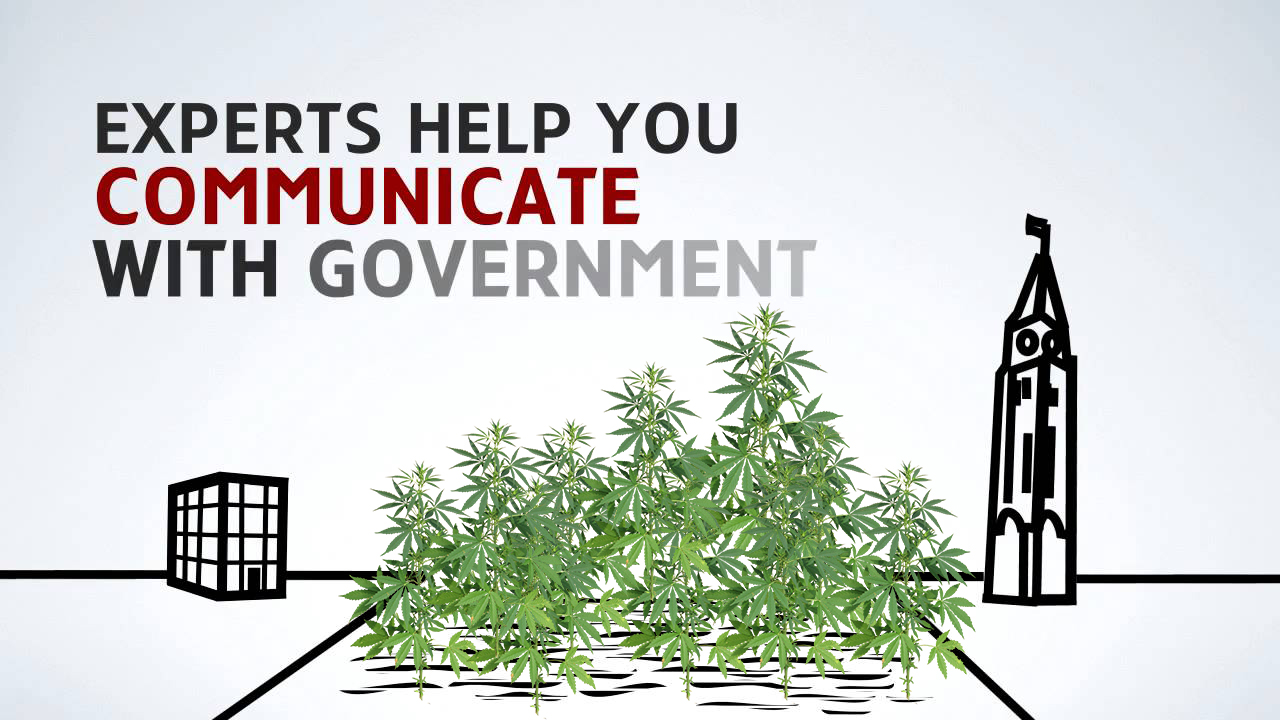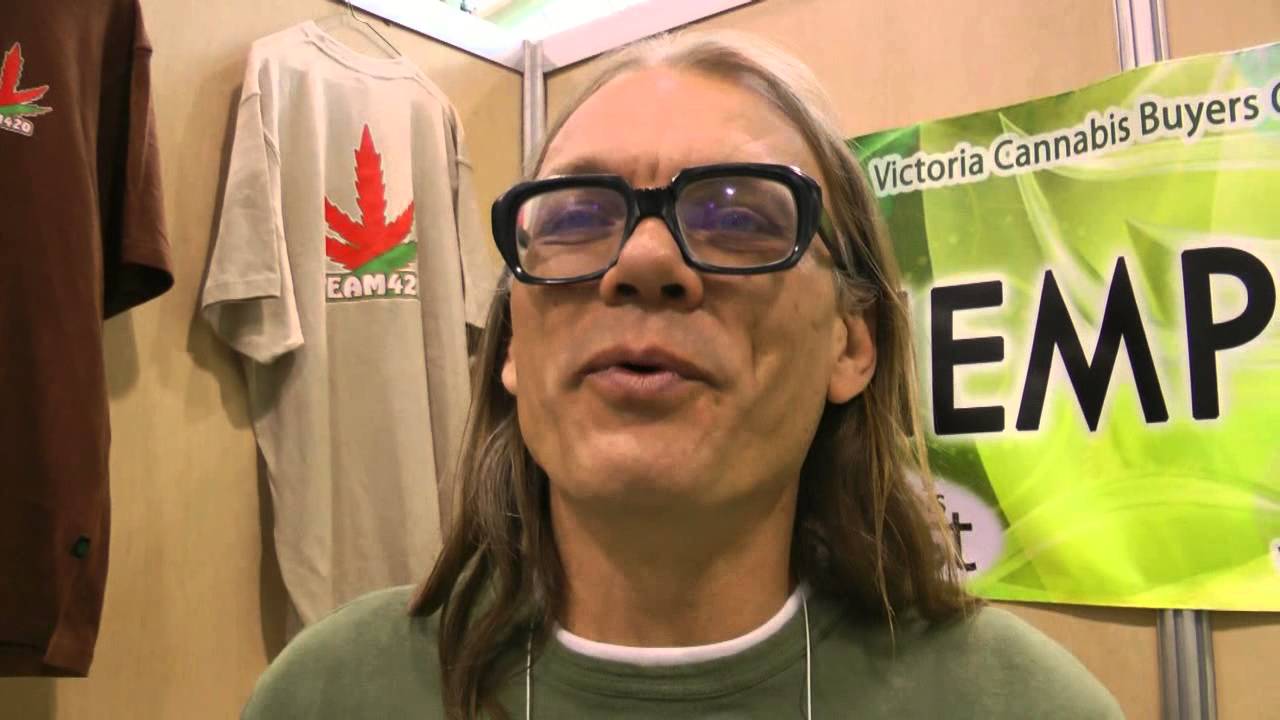Debra Harper
(Article originally appeared at Canevolve)
When I got on the internet in 1998 it seemed like such magical times – Matt Elrod started a listserve in 1996 for Canadian activists known as CMAP [1] where we shared news articles and wrote letters to the editor. Hemp just become legal in Canada in May [2] and the embryo that became the medical cannabis program saw it’s birth, first in the Controlled Drugs and Substances Act Section 56 exemptions, then via a Supreme Court decision in July 2000 [3] which forced the government to introduce the Marihuana Medical Access Regulations on July 30, 2001.[4] The Liberals were in power and Alan Rock was in charge of Health Canada. Some patients could grow their own cannabis legally for the first time since 1932. In retrospect, Alan Rock was the best minister ever to reign over that portfolio, and an open letter I had published nation-wide in 1999 berating him for only allowing Section 56 exemptions at that time never fell on deaf judicial ears at least. [5]
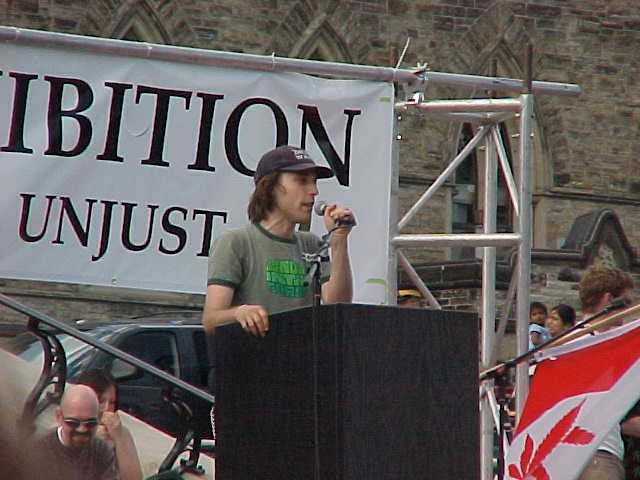
Activists in the early 90’s were organizing in new exciting, entrepreneurial ways and for someone who grew up in the 70’s, devoid of cannabis information, culture, art – except if someone smuggled in the odd High Times, it was a dream come true. Several hemp stores opened around the country led by pioneers like Chris Clay, Marc Emery, Mike Foster and few other brave souls. Emery’s new magazine “Cannabis Canada” was on the news stands in 1995 which opened a new world to cannabis information-deprived Canadians. Hilary Black opened the first storefront Compassion Club in Vancouver in 1997 and cannabis influence seeped into the political scene thanks to Marc Boris St. Maurice with a Quebec provincial party, the Bloc Pot (1997) and a federal party, The Marijuana Party. [6]
The Marijuana Party fielded candidates in the 2000 Federal Election and spurred so much awareness and dialogue as a result, it could be deemed a success in many ways. When Grant Krieger’s son, Adam, decided to run in Calgary East, I was inspired to jump in and help. The odds were against all our candidates, especially in red neck Alberta, but we strategized and worked hard, door knocking and connecting with voters which paid off with 4% of the vote; only the party leader did better.
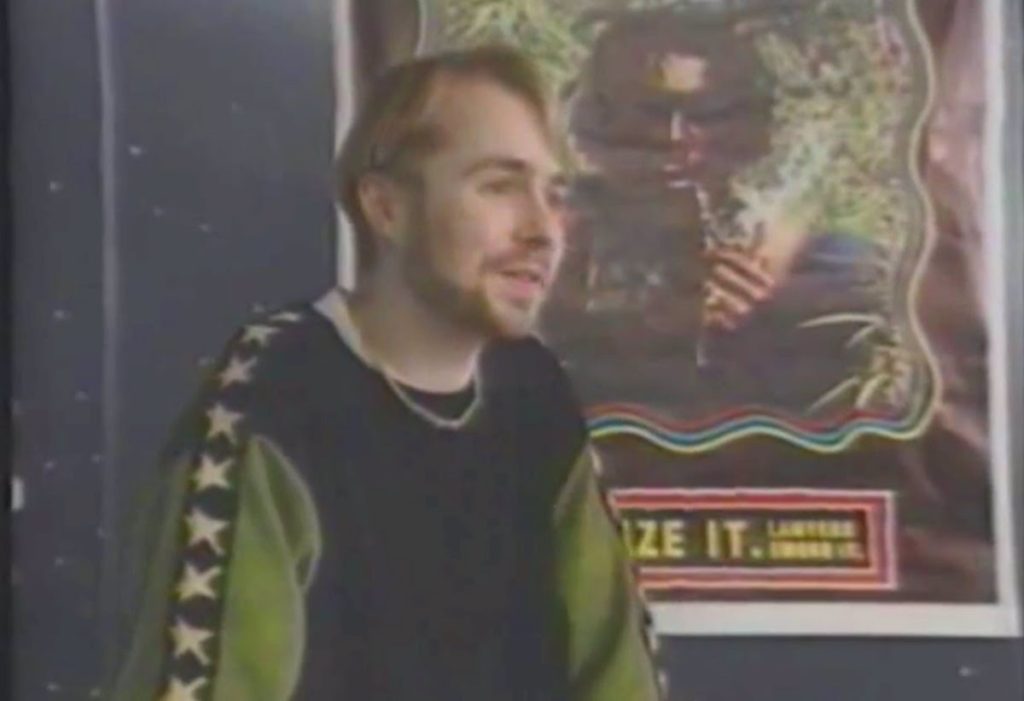
By the late 90’s it was still a wide open field for advocacy work, though the only two Canadian websites on the net was Hemp BC and Chris Clay’s, “Hemp Nation”, which he was taking down soon and moving on to new pursuits. In 1998 I created a site for the compassion club I co-founded in Calgary, the Universal Compassion Center (UCC), adding whatever information I could find so there would be some information for Canadians to see. The site morphed into CannabisLink.ca when the compassion center folded. It is still up, though it’s significance is dwarfed by the hundreds of sites out there now.
The launch of the Canadian Cannabis Coalition (CCC) in 1999, initially co-founded by Brian Taylor and myself to dialogue with other medical pot people, changed direction when so many activists arrived for the inaugural meeting and helped build the foundation with a mission statement and purpose. It became a melting pot for grassroot, business, academics and all types of activists. In 2004, the CCC was formally invited as a stakeholder to Health Canada’s consultations for the medical program. [7] When the CCC grew beyond being able to meet in person, we remain digitally connected.
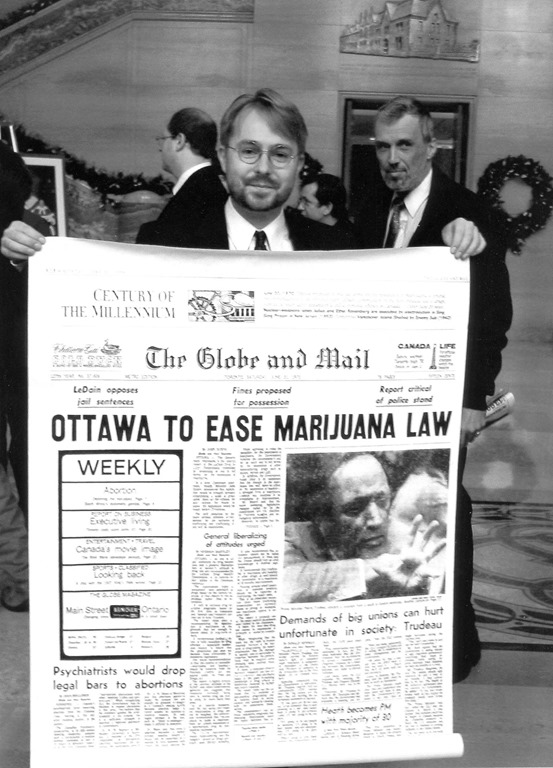 We were also awaiting the Supreme Court decision in 2003 that would make pot legal for everyone if the R. v. Clay; R. v. Malmo‑Levine; R. v. Caine case was victorious. I felt vindicated and inspired by it all and as Justin says, “Sunny ways”.
We were also awaiting the Supreme Court decision in 2003 that would make pot legal for everyone if the R. v. Clay; R. v. Malmo‑Levine; R. v. Caine case was victorious. I felt vindicated and inspired by it all and as Justin says, “Sunny ways”.
Things seemed to be steamrolling ahead though always some setbacks along the way. Dark clouds appeared on the horizen as Allan Rock was replaced by Anne McLellan as Health Minister which effectively stopped progress with the medical program, the Supreme Court dealt a blow by upholding the Clay, Caine and Malmo-Levine decions, then the Conservative win in 2006 brought draconian laws to the land.
Despite it all, a younger generation of activists emerged on the forefront so hemp stores continued to open by the thousands in all parts of the country, compassion clubs, now being referred to as dispensaries, were opening in mostly larger cities such as Toronto and Vancouver and cannabis culture in Canada was accessible to anyone – either locally or through the internet.
WHERE WE ARE TODAY
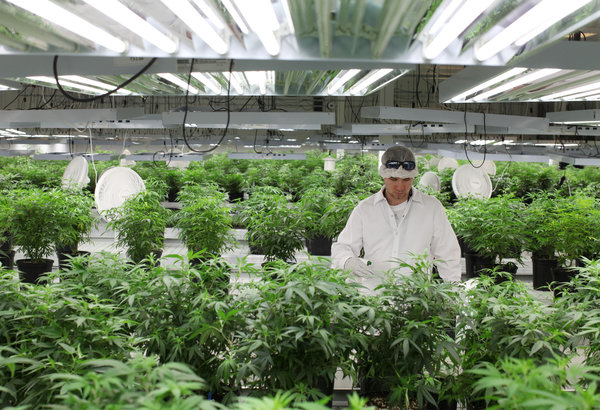 Today we have a jumbo of the old and new – newly licensed government producers and licenced personal growers under the under the current ACMPR and personal growers under the old MMAR [8b] who fought and won in federal court [9]. A vibrant cannabis culture has flourished throughout Canada, as witnessed by events such as the annual Vancouver 420 celebrations and the Global Marijuana March in Toronto which draws thousands. The new government announced they wish to introduce legislation to legalize cannabis by Spring, 2017, so the political dynamics are changing and opening up new fronts.
Today we have a jumbo of the old and new – newly licensed government producers and licenced personal growers under the under the current ACMPR and personal growers under the old MMAR [8b] who fought and won in federal court [9]. A vibrant cannabis culture has flourished throughout Canada, as witnessed by events such as the annual Vancouver 420 celebrations and the Global Marijuana March in Toronto which draws thousands. The new government announced they wish to introduce legislation to legalize cannabis by Spring, 2017, so the political dynamics are changing and opening up new fronts.
Although there are a lot of jittery investors who sunk lots of cash into licensed producers and are lobbying hard to get rid of threats to their business – namely dispensaries and MMAR licences [10], the situation presents many new opportunities for activists and entrepreneurs to help shape what legalization and the industry will look like.
Justin Trudeau proclaimed, “We’re going to get this right in a way that suits Canadians broadly and specifically in their communities, and why we’re taking the time to weigh in properly and ensure that we’re achieving our goals of protecting our young people and removing the criminal profits from marijuana”. [11]
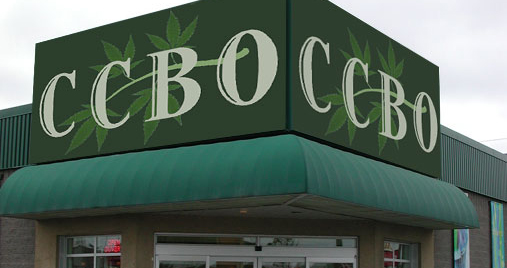 Will it boil down to a Molson vs microbrewery type scenario? Walmart vs Joe’s General Store? What would be a suitable framework?
Will it boil down to a Molson vs microbrewery type scenario? Walmart vs Joe’s General Store? What would be a suitable framework?
I have to agree with those who advocate a system where there is room for both corporate and small business to prosper in the current medical uses and eventually the recreational/preventive medicine market. It is the only way to reach all the people who will benefit from cannabis.
In September 2002, the Senate Special Committee On Illegal Drugs, spearheaded by Pierre Claude Nolin released the final report, Cannabis: Our Position For A Canadian Public Policy, and recommendations. It is an excellent starting point for the government to dust off and review. [12]
Exciting times ahead!
Debra Harper
References
[1] http://www.mapinc.org/cmap/
[2] http://www.hc-sc.gc.ca/hc-ps/substancontrol/hemp-chanvre/about-apropos/faq/index-eng.php , http://www.cannabisculture.com/content/1998/07/01/87
[3] http://www.canlii.org/en/ca/scc/doc/2003/2003scc74/2003scc74.html
[4] http://www.canlii.org/en/ca/laws/regu/sor-2001-227/latest/sor-2001-227.html
[5] http://www.mapinc.org/newstcl/v99/n1080/a01.html
[6] http://www.cannabisculture.com/content/2000/11/28/1760#tag
[7] http://cannabiscoalition.ca/html/index.php?name=Content&pa=showpage&pid=9
http://www.hc-sc.gc.ca/dhp-mps/marihuana/info/list-eng.php,
[8] http://www.statista.com/statistics/459205/canadians-that-are-licensed-to-produce-marijuana-for-personal-use-by-province/
[9] http://www.tousawlaw.ca/2015/01/06/federal-court-appeal-dismisses-government-appeal-national-test-case-allard-et-al-v-majesty-queen/
[10] http://www.midasletter.com/2015/03/2015-canadian-medical-marijuana-outlook-foggy-with-sunny-patches/
[11] http://www.marijuana.com/blog/news/2015/12/canadas-prime-minister-legal-marijuana-is-about-health-and-safety-not-money/
[12] http://cannabislink.ca/gov/senatesumm.htm

